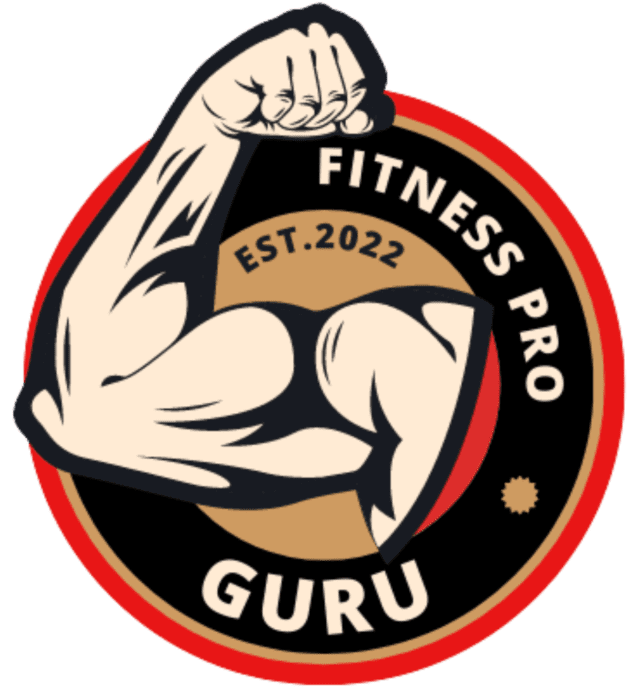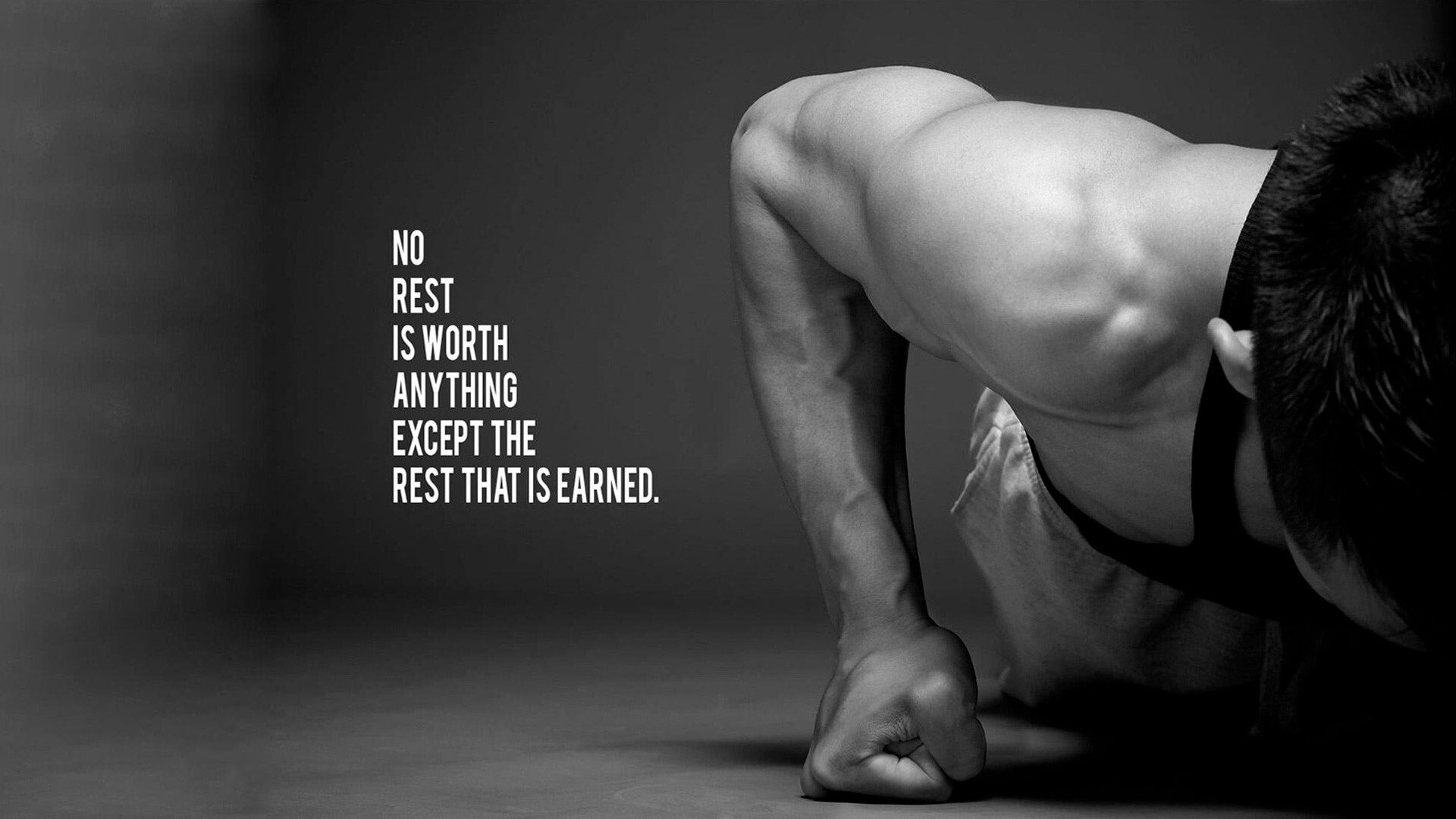How To Build Your Own Workout Routine?
After all, many people are interested in getting started with strength training and want to know what workout routine to follow. Considering that a program should be developed around a person’s biology, age, goals, diet, free time, etc, there are a lot of factors
Determine Your Situation For starters:-
How much time can you devote to exercise? If you can do an hour a day, that’s awesome. If you have a wife or husband, three kids, a dog, two jobs, and no robot butler, then maybe you only have thirty minutes, twice a week. That’s fine too. Whatever your time commitment is, developing the most efficient workout is crucial.
Why spend two hours in a gym when you can get just as much accomplished in 30 minutes, right?
Next, you’ll want to determine WHERE you’ll work out:
At a gym? Here’s how to behave in a commercial gym.
At home? Have you tried our beginner bodyweight workout?
In a park? Try our park workout
What Exercises Should I Do?
The best workout is the one that you actually stick with, and people make things FAR too complicated and try to target a bazillion different individual muscles with six types of exercises for each body part. It’s exhausting, unnecessary, inefficient, and intimidating.
So keep it simple! We’re going to pick 5 exercises and get really strong with those movements.
You want a routine that has at least one exercise for you:
- Quads (front of your legs).
- Butt and hamstrings (back of your legs).
- Chest, shoulders, and triceps: (“push” muscles).
- Back, biceps, and grip ( “pull” muscles).
- Core (abdominals and lower back).
Yup, by targeting compound movements that recruit multiple muscles at the same time, you can build a full-body routine that uses only four or five exercises. How’s THAT for efficiency?
Here is a quick breakdown of those movements:-
- Quads – squats, lunges, one-legged squats, box jumps.
- Butt and Hamstrings – deadlifts, hip raises straight leg deadlifts, good mornings, step-ups.
- Push (chest, shoulders, and triceps) – overhead press, bench press, incline dumbbell press, push-ups, dips.
- Pull (back, biceps, and forearms) – chin-ups, pull-ups, bodyweight rows, dumbbell rows.
- How To Build Your Own Workout Routine? – planks, side planks, exercise ball crunches, mountain climbers, jumping knee tucks, hanging leg raises.
An example of a great, effective, simple workout:
- Barbell squats: 5 sets of 5 reps.
- Barbell Deadlifts: 3 sets of 3 reps.
- Push-ups: 3 sets of 15 reps.
- Pull-ups (or rows): 3 sets of 8 reps.
- Planks: 3 sets, 1 minute hold each.
Don’t need to make things more complicated than this!
Pick one exercise from EACH category above, specifically ones that scare you the least, and that will be your workout every other day for the next week. Once you get confident in those movements, feel free to add some variety.
Why? If you do the same exact routine, three days a week, for months and months, you and your muscles might get bored, and you’ll stop getting gains.
So feel free to stick with the above ‘formula,’ but change the ingredients: If you do bench presses on Monday, go with shoulder presses on Wednesday and dips on Friday. Are squats on Monday? Try lunges on Wednesday and box jumps on Friday. Do deadlifts every Wednesday, but change up the sets and reps you pick! Pick a different exercise to improve and your muscles will stay challenged, you’ll stay challenged, and you’ll actually DO the workout! Then, focus on getting stronger!
Lastly, your muscles don’t get built in the gym, they actually get broken down in the gym, and then get rebuilt stronger when you’re resting.
Give your muscles 48 hours to recover between workouts, especially when training heavy.
A Monday-Wednesday-Friday workout works well to ensure enough time to recover, especially when you are just getting started. I stuck with a Monday-Wednesday-Friday full-day routine for nearly 10 years and just focused on getting stronger with each movement. I realize all of this can be overwhelming, especially if you’re trying to learn Strength Training AND build your own workout too.
How Many Sets Should I Do?
SIMPLE ANSWER:- Not including a warm-up set or two, I recommend doing between 3-5 sets per exercise. A “set” is a series of repetitions that you complete without stopping. For example, if you drop down and do 10 push-ups right now, you just did 1 SET of 10 REPETITIONS (or REPS) of push-ups. Got it? Cool. Again, do not overthink this. Do not freak yourself out by worrying if you should do 4 sets or 5 sets. Pick one, record how you do with it, and get stronger the next time you do that movement.
If you are new to exercising or strength training, you’ll want to aim for higher reps per set with lighter weights as you’re learning the movements (if you’re training with weight). As you get stronger and start to learn about how you like to train, you might switch to a lower rep range, even up to a single rep of maximum effort (on a movement like a Squat or Deadlift).
Some general rules:
- If you’re looking to burn fat while building muscle, keep your number of repetitions per set in the 8-15 range per set.
- If you can do more than 15 reps without much of a challenge, increase the weight or the difficulty of the movement. This is true for things like lunges, bodyweight squats, push-ups, pull-ups, etc.
- Reps in the 1-5 range build super dense muscle and strength (called myofibrillar hypertrophy).
- Reps in the 6-12 range build a somewhat equal amount of muscular strength and muscular size (this is called sarcoplasmic hypertrophy).
- Reps in the 12+ range build muscular endurance
How Long Should I Wait Between Sets?
Below is a basic formula for you to determine how long you should wait between sets, but this can be adjusted based on your level of health. The goal is to wait the least amount of time you need, but still, rest enough that you can perform all reps of the next set safely and properly! Here are some guidelines (not rules set in stone!):
- 1-3 Reps (lifting heavy for strength/power): Rest for 3 to 5 minutes
- 4-7 Reps (lifting for strength): Rest for 2 to 3 minutes
- 8-12 Reps (lifting for size/strength): Rest for 1 to 2 minutes
- 13 Reps+ (lifting for endurance): Rest for 1 minute or less
If you need more or less rest than the above recommendations, that’s more than okay. Do the best you can, record how long it takes you to rest between sets and try to rest for shorter periods in the future. Your body will adjust as you get stronger and healthier!
How Long Should I Exercise?
If you’re doing 15-25 sets of a total exercise, you should be able to get everything done within that 45-minute block. Now, factor in a five or ten-minute warm-up, and then stretching afterwards, and the workout can go a little bit longer. If you can go for over an hour and you’re not completely worn out, you’re simply not pushing yourself hard enough. Less time, more intensity, better results.








